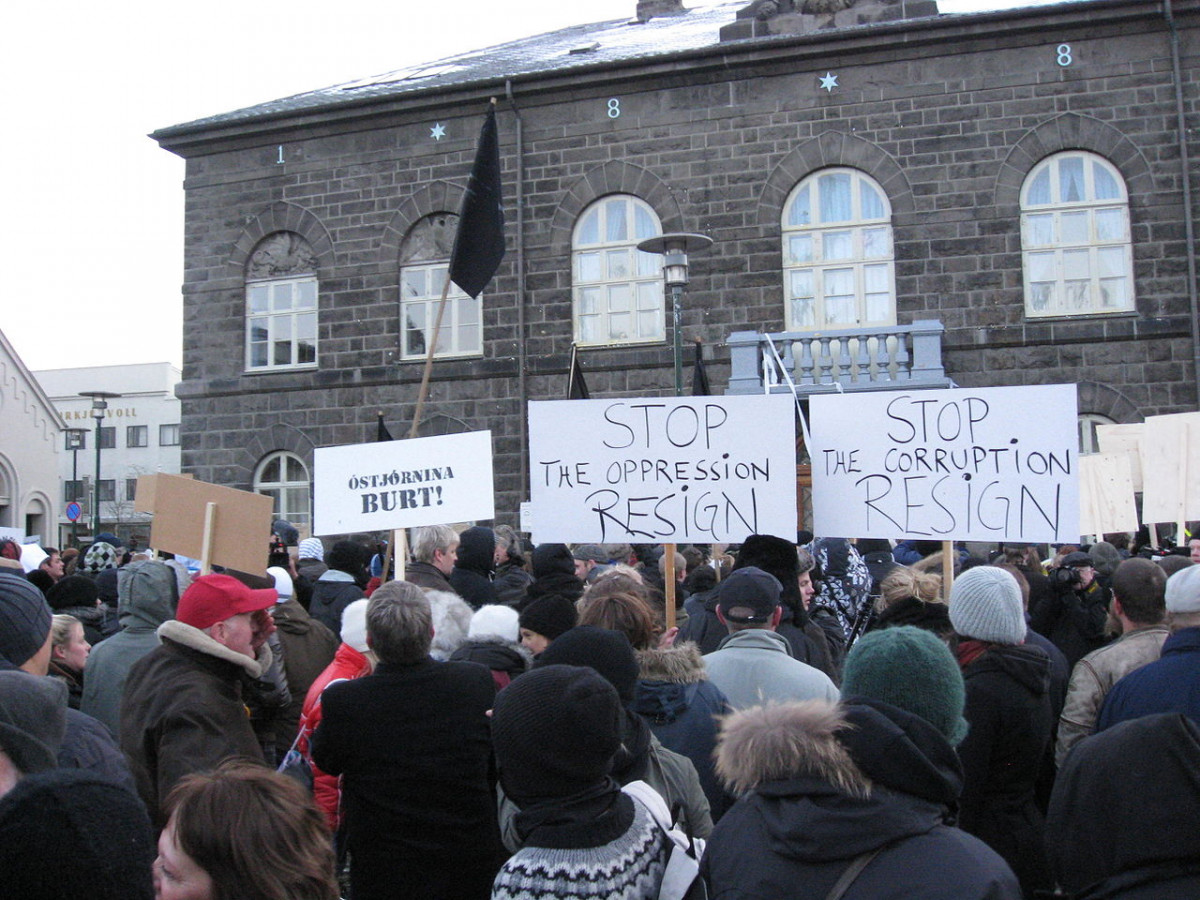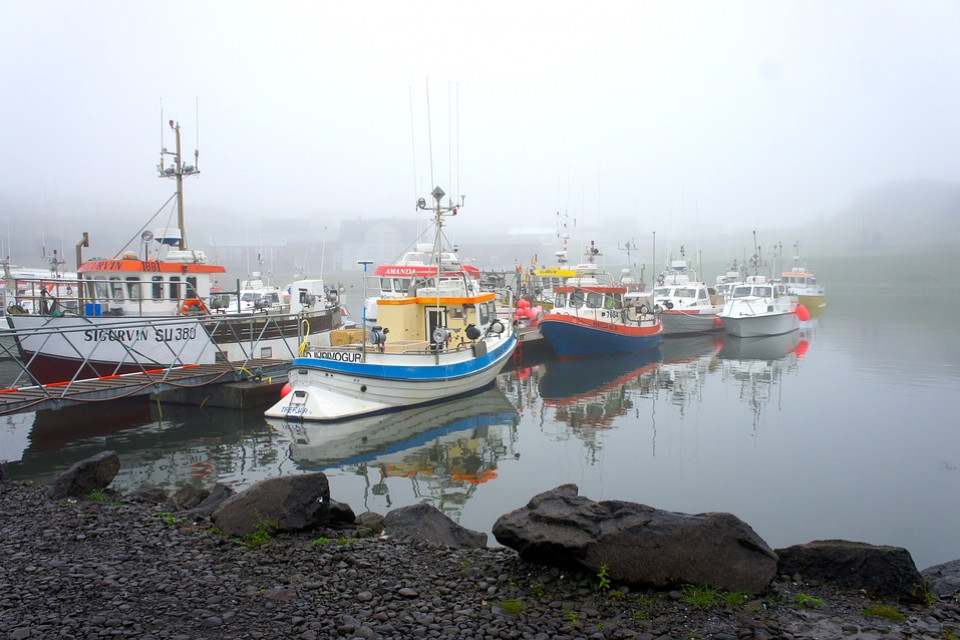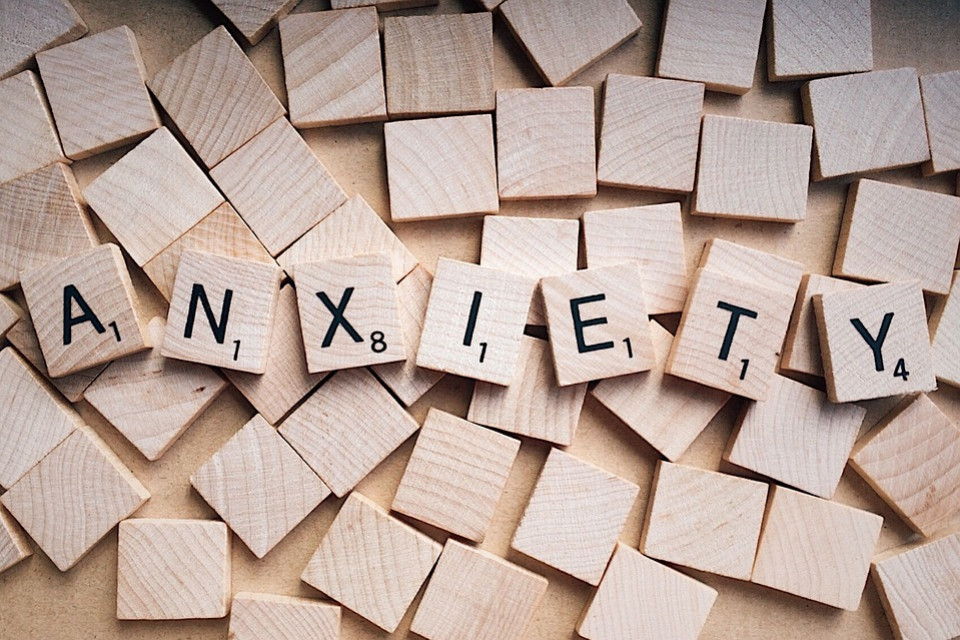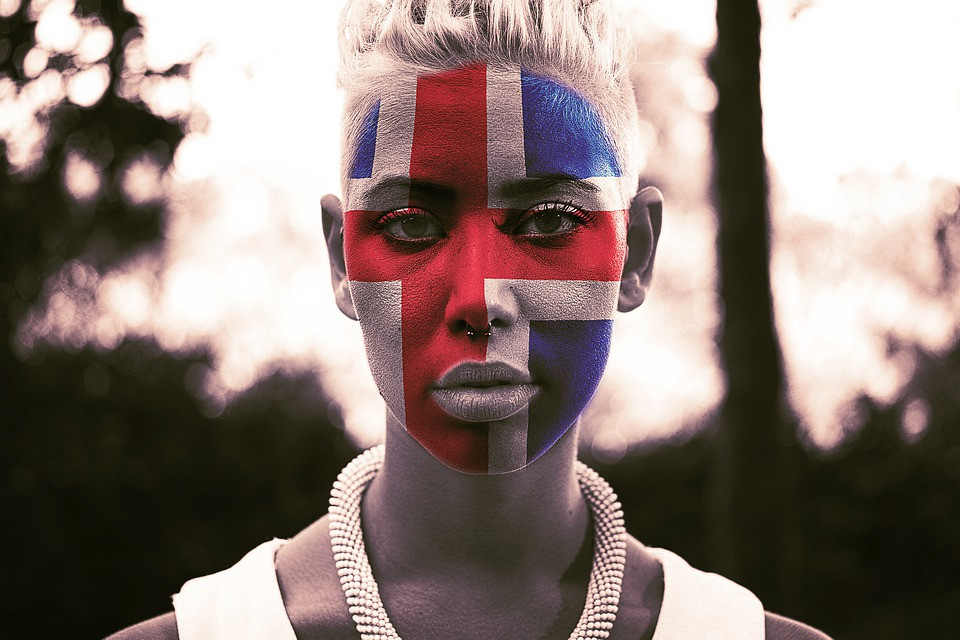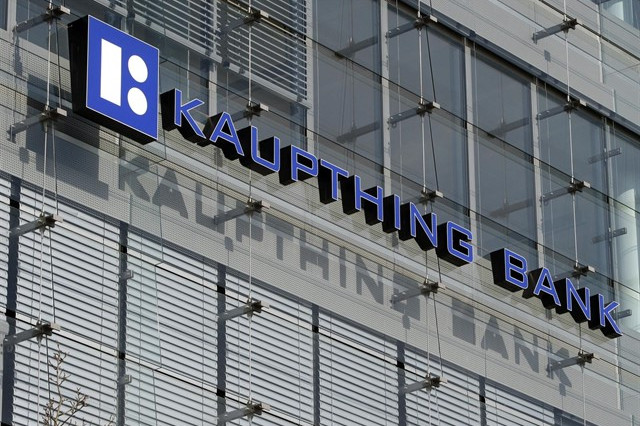Iceland is a small country whose population barely reaches 300,000 inhabitants. Although Iceland is not a member of the EU, it represents a useful example of the alternatives to austerity that countries have at their disposal in response to the financial crisis.
Iceland was praised for how it handled the financial crisis, during which citizen protests pressured politicians to let the banks fail, instead of rescuing them.
By putting people above the banks, Iceland showed that there is another way to deal with the financial crisis.
Not being a member of the EU or the Eurozone, Iceland is less tied to other countries and this has allowed it to act with greater flexibility, particularly in terms of its monetary policy. One of the key aspects in the recovery of Iceland was its ability to devalue its currency, thus promoting its exports.
Between 1991 and 2004, Iceland undertook several significant reforms, including: reduction of public expenditure; reduction of taxes on labour and capital; privatisation of public companies; liberalisation of the labour and product markets; greater economic integration with the rest of the world; pension reform; deregulation of the financial market; and reforms of the public sector.
1. In the following years, inequality increased rapidly, gaining momentum since 2003. The Gini index, the indicator that measures inequality within a country, went from 0.19 in 1993 to 0.24 in 2003, and reached a level of maximum of 0.29 in 2007.
2. In 2001, Icelandic banks were deregulated, which allowed them to privatise their resources and facilitated bank speculation. The banking sector took advantage of the low interest rates in other countries and expanded its activity to the United Kingdom, the Nordic countries and the rest of the world.
3. In 2007, the three largest Icelandic banks expanded their balance sheets enormously and granted loans equivalent to about nine times the size of the island's buoyant economy.
4. Banking investments in the real estate market led to a boom that led to the granting of unlimited credit: the Housing Financing Fund (HFF for its acronym in English, a government institution created in 1999 to offer low-interest mortgages with government guarantee on the debt) guaranteed all the public at large access to mortgages at artificially low interest rates. As a result, the demand for housing increased in a generalised manner, which caused a rapid increase in mortgage loans and an abrupt decrease in interest rates on mortgages. By mid-2004, almost 90 percent of Icelandic households had a credit with the HFF, and bonds issued by this agency accounted for more than half of the bond market in Iceland.
When the financial crisis began in 2008, the Icelandic currency, the Króna, and the three main commercial banks (Kaupthing, Glitnir and Landsbanki) anounced that they could not refinance their debt.
Iceland's foreign debt amounted to 50,000 million Euros (compared to a GDP of 8,500 million Euros in 2007), and more than 80 percent of this was attributable to the banking sector.
The Icelandic Central Bank could no longer act as a lender of last resort. At the beginning of October 2008, the government, which had praised the banks' activities for more than 10 years, was forced to nationalize the banks that had granted loans, giving over their control to the Financial Supervisory Authority (the authority that supervises the financial sector in Iceland). All the national assets met in what became a public national version of the banks, while the assets abroad went bankrupt. The government insisted that these measures ensured that Iceland would not go bankrupt. They would protect the Icelandic economy and the Icelandic the public at large, so that they would not suffer any loss because of the collapse of the banking system.
The government then asked the International Monetary Fund (IMF) for an emergency loan in return for a commitment to reduce spending and return the money (3.5 thousand million Euros) to foreign investors through a huge tax increase for Icelanders. The main steps proposed to combat the crisis were:
Implementing strict controls on movements of capital (including a temporary suspension of the official currency exchange) on October 6th, 2008, to help protect the currency;
The activation on November 17th, 2008 of a rescue package (with 2,700 million Euros from the IMF and the remaining 3,800 million from a group of Nordic countries), to help finance the budget deficit and the creation of national banks;
The implementation of austerity measures as part of fiscal consolidation;
The activation of "minimum deposit payment guarantee loans" to help finance a minimum return of deposits to foreign savers, who lost their savings when the Icelandic banks went bankrupt. A sum of 1,200 million Euros came from Germany, but the offer of 4,000 million Euros in loans from the United Kingdom and the Netherlands was not accepted.
These measures provoked a series of popular protests -never before seen in Iceland- that forced the government to call early elections.
The new government that was elected proposed a plan to repay the debt incurred because of the rescue package. However, this caused the protests to spread even further and to focus on demanding that the government hold a referendum to ratify the plan. In January 2010, popular pressure forced President Ólafur Ragnar Grímsson to call a referendum for March of that year. Ninety-three percent of the Icelanders rejected the government's proposals and also refused to let the public (and not the bankers and leaders of the country) be the one who had to repay the debt.
LEGAL ACTIONS AND PROTECTION OF WELFARE STATE
Iceland is the only country in the world that has taken legal action against politicians for their alleged involvement in the financial crisis. National courts had to rule on whether Geir Haarde, the former prime minister, could be held responsible for the financial crisis.
Haarde was acquitted of three of the four charges against him, but was found guilty of violating the law regarding the responsibility of the ministers.
Several top executives of the banks in question, as well as business leaders, were also charged in the courts, accused of fraud and manipulation following research into the collapse of the country's banks by the Icelandic special prosecutor's office.
The government that came to power in February 2009 pledged to be a Nordic welfare government with the aim of protecting low- and middle-income segments from the worst consequences of the crisis. They also stated that, as far as possible, they would protect the welfare state against cuts. This has apparently been the case: recent budgets include a combination of spending cuts in sectors other than welfare, and the tax increase has focused on the higher income segments.
As for the true standard of living, the cuts in public spending in Iceland have affected the higher income sectors more than the vulnerable and lower income sectors.
This was possible through increases in minimum pensions for the elderly and pensioners with disabilities, in the minimum wage, in social assistance benefits and in unemployment benefits (although wages in general have not changed).
Direct taxes on lower incomes were also reduced slightly, both in 2009 and 2010, while they increased for higher incomes. The tax burden has moved significantly on the shoulders of higher income level families.
The government has also written off mortgages for a quarter of the public and has introduced social measures (in the form of discounts on rent) to help those who live in rented house.
Iceland has used its social protection system to protect the most vulnerable sectors during the crisis. Moreover, it has managed to reverse the trend towards increasing inequality during the years of the 2008 and 2009 crisis, which continued to decline in 2011, the year in which Iceland registered a Gini index of 0.23.
Even so, around 15 per cent of households still have great difficulties to make ends meet. Several programmes have been introduced for the unemployed and the existing ones have been strengthened, however there is discontent due to the lack of investment in job creation. Despite this, unemployment has not become the great problem that was expected, given the magnitude of the collapse of the country and the severe contraction of its economy. The unemployment rate in Iceland in 2010 was 7 percent, but by April 2013, it had fallen to 6.6 percent, below the EU average.
In 2011, Iceland's GDP grew by 3.1 percent compared to the previous year (in 2010 it contracted 6.8 percent, after having contracted by 4 percent in 2009). Inflation in 2011 was 4.2 percent (compared to 16.3 percent in 2009); and the government owed 10,139 million Euros, 98.8 percent of its GDP.
The Icelandic economy has recovered after the worst economic crisis in the history of the country.
While much of Europe continues to struggle with the crisis, the economy of this North Atlantic island is growing thanks to the devaluation of its currency, the increase in exports, the boom in tourism and the fishing industry and the increase in consumer confidence. The Icelandic style of dealing with the crisis could serve as inspiration on alternatives to austerity in the EU.



